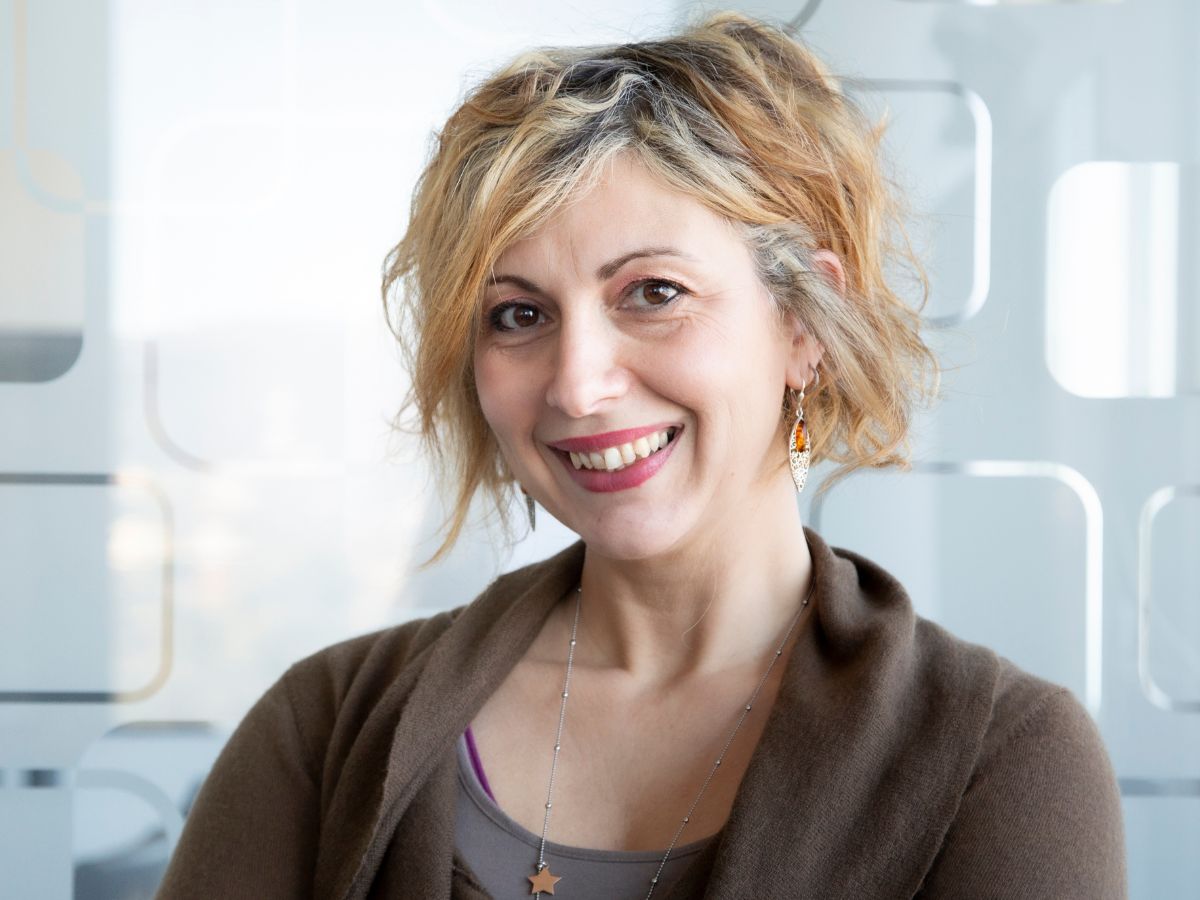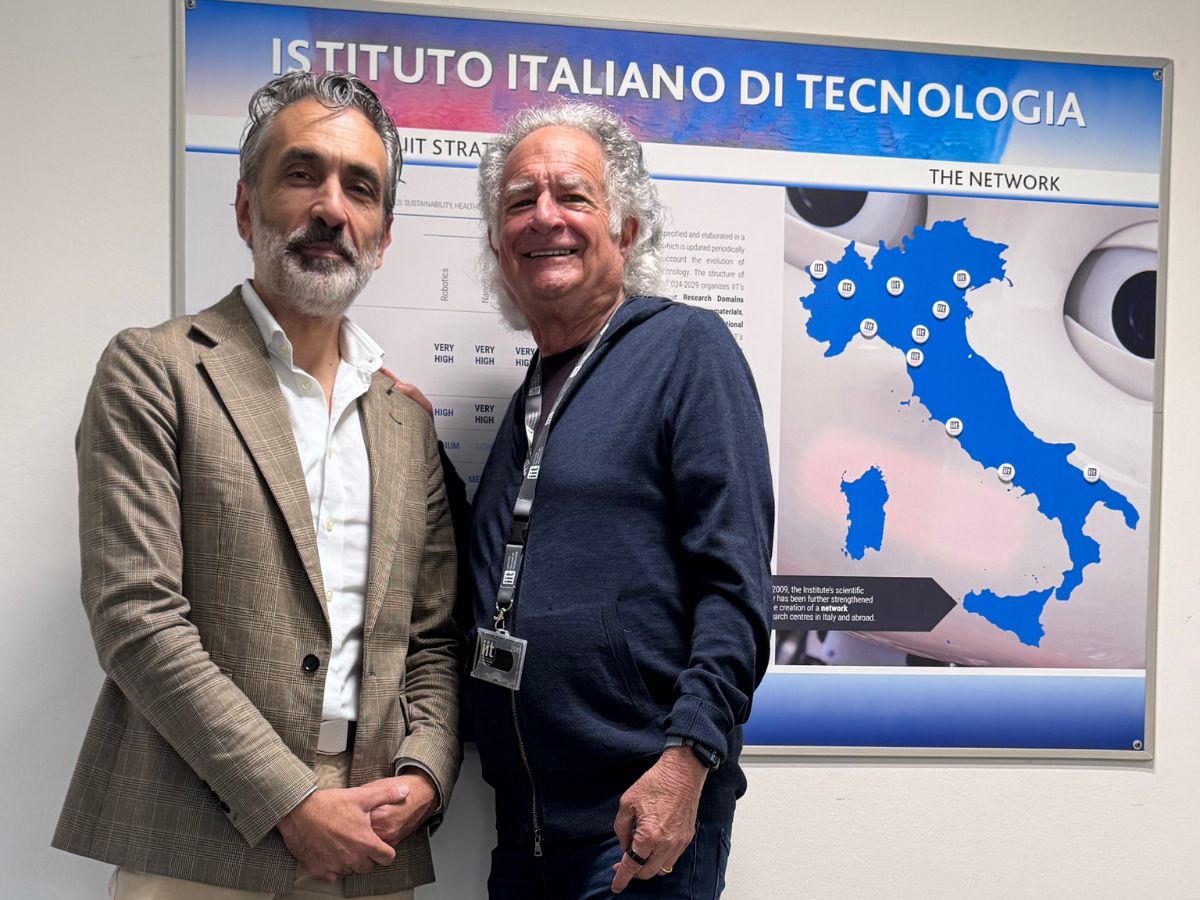Monica Gori, a key figure in the educational path to promote STEM careers for primary and secondary school teachers and students
STEM is an acronym used to define four different disciplines: Science, Technology, Engineering, Mathematics. Fondazione Bracco, DScuola, and 100esperte have organized a series of free webinars to raise awareness among future generations about the topics of new technologies. At a recent seminar, Monica Gori participated and shared her professional journey in the field of multisensory neuroscience in children with and without disabilities, representing valuable scientific experience.
Monica, the webinar had a large number of participants. Is science becoming glamorous?
Perhaps the interest lies not only in the content of the various presentations but also in the opportunity for participants to interact with the speakers through questions. In my panel, Simonetta Di Pippo, a professor of Space Economics at Bocconi University, also shared her professional experiences. We recounted our professional journeys, not hiding our difficulties, which is an important step in building a strong experience to be used for the educational paths we have tried to identify.
This webinar is part of the 100esperte project, can you tell us more about it?
The 100esperte project involves 100 female scientists working to break stereotypes. It is a group of researchers, of which I am a part, that started this work a few years ago and aims to promote women in various professions. During the event, I illustrated the evolution of my professional journey, characterized by multidisciplinarity, to challenge the stereotypical view of women in science. I studied art in high school, then pursued psychology and later robotics. I earned a Ph.D. in humanoid technologies at the University of Genoa and started collaborating with the IIT (Italian Institute of Technology).
What aspects did the participants in the webinar focus on with their questions?
The questions from the audience, mainly composed of teachers, focused on some significant themes, particularly on how technology will impact all our activities and how this will affect the educational content that teachers will have to provide. There were also classic questions about how it is possible to balance a research activity of great scientific value with a simple family life.
What is the current situation for women in science?
We are on the right track, but it takes time, and we must work to ensure that the qualitative and quantitative strengthening of women’s presence continues. If we were to attempt an evaluation, we are at 35% of the goal, which is not bad, and we must continue to raise awareness among young people, promote our achievements, and support initiatives such as InspirinGirls, an international project in which I participate, aimed at creating awareness of their talent in girls and freeing them from gender stereotypes that hinder their ambition. I am a testimonial for the project and meet girls and boys in schools to share my story as a researcher. These interventions are very interesting because young people are asked to complete a questionnaire, and their answers reveal the stereotypes surrounding my profession. For example, it seems obvious that I attended a scientific high school and that I don’t have a family and children. My story dismantles these preconceptions. I have three children, studied at an art high school, and entered research after various experiences. All this allows me to demonstrate to girls and boys how much they can achieve from different cultural and social backgrounds. The peculiarities we express are our great competitive advantage. Our story is part of us in any context, but especially in our professional field. When I welcome a doctoral student into my group, before discussing their project, I ask them to tell me their story because it helps me understand their interests and originality. This is the path that women must also build, investing in their experience without erasing their past, their difficulties, but using this baggage to build their success.
A topic of dramatic relevance concerns the distress of children, often concealing stories of violence.
We work a lot on learning. It is necessary for schools to focus not only on cognitive learning but also on emotional learning. Adolescents and others must learn to manage their emotions. In this period of brutal change due to COVID, 40% of children between the ages of nine and fifteen have asked for help and needed psychological care. In my opinion, schools should also provide support for children to help them manage emotions and relationships. Schools should help children better understand their emotional state and encourage them to express any discomfort they may experience at home.
What tools can be used to help these children?
I believe that an interdisciplinary approach involving different professionals and structures is necessary. This is not a task that can be carried out in isolation.
How is your work with blind or visually impaired children going?
Very well. We continue to receive positive feedback from the parents of the children we work with, as well as from teachers and hospitals. This is due to the strong involvement of children and parents in projects such as Myspace, funded by ERC (European Research Council). In this project, we involve children with and without visual impairments from their early months to understand their perceptual abilities. With the iReach Poc ERC project, also funded by the European Union to promote the commercial development of innovative ideas, we will use an innovative rehabilitative approach for early intervention through the development of a multisensory system to help visually impaired infants train their sensory-motor skills from the early months of life for the first time.
Thanks to these and other projects, I am very satisfied, especially because I see a new generation of researchers emerging who will soon become independent, and this pleases me very much. A “school” is forming from this experience, which is a source of great pride for me.





